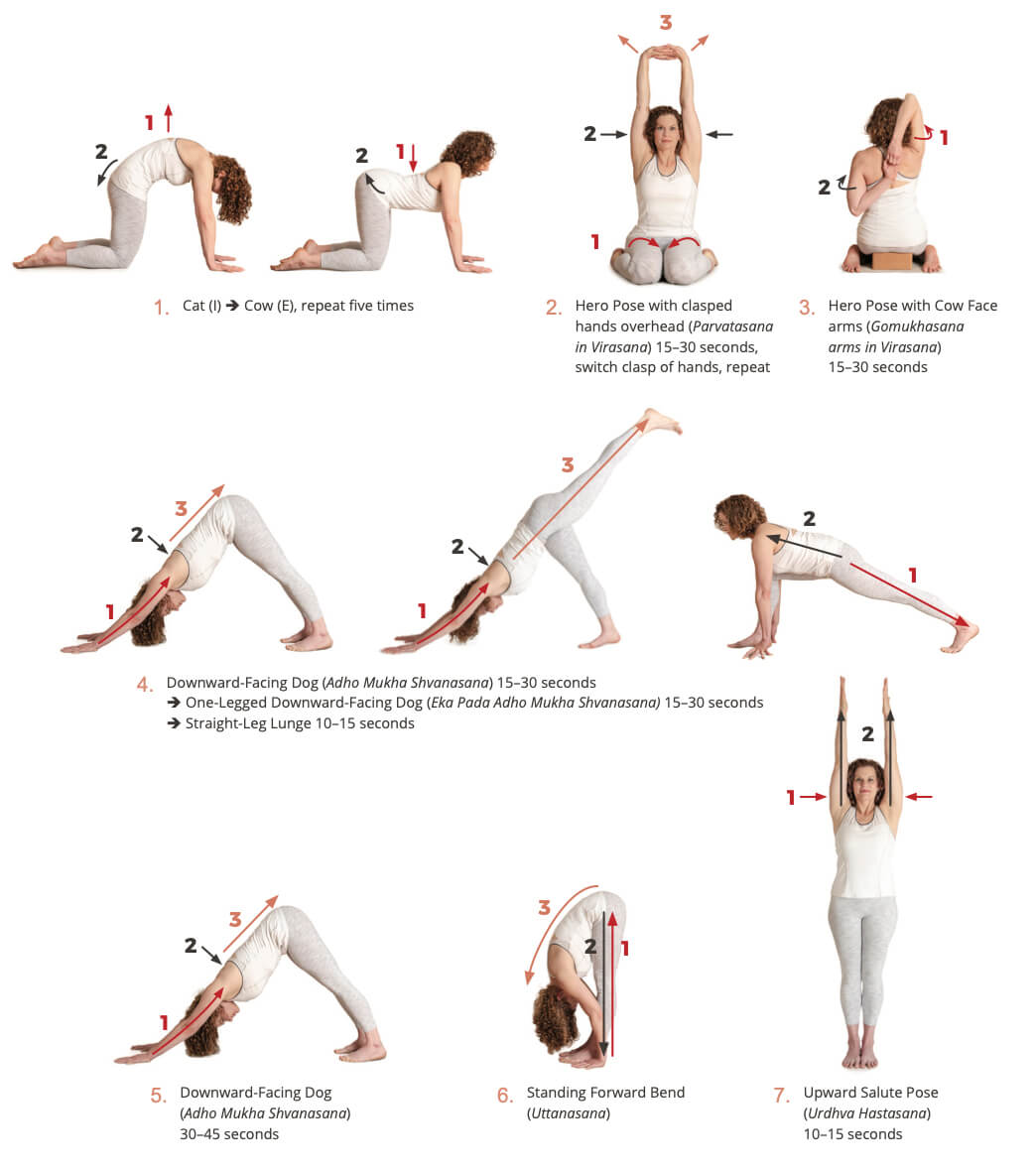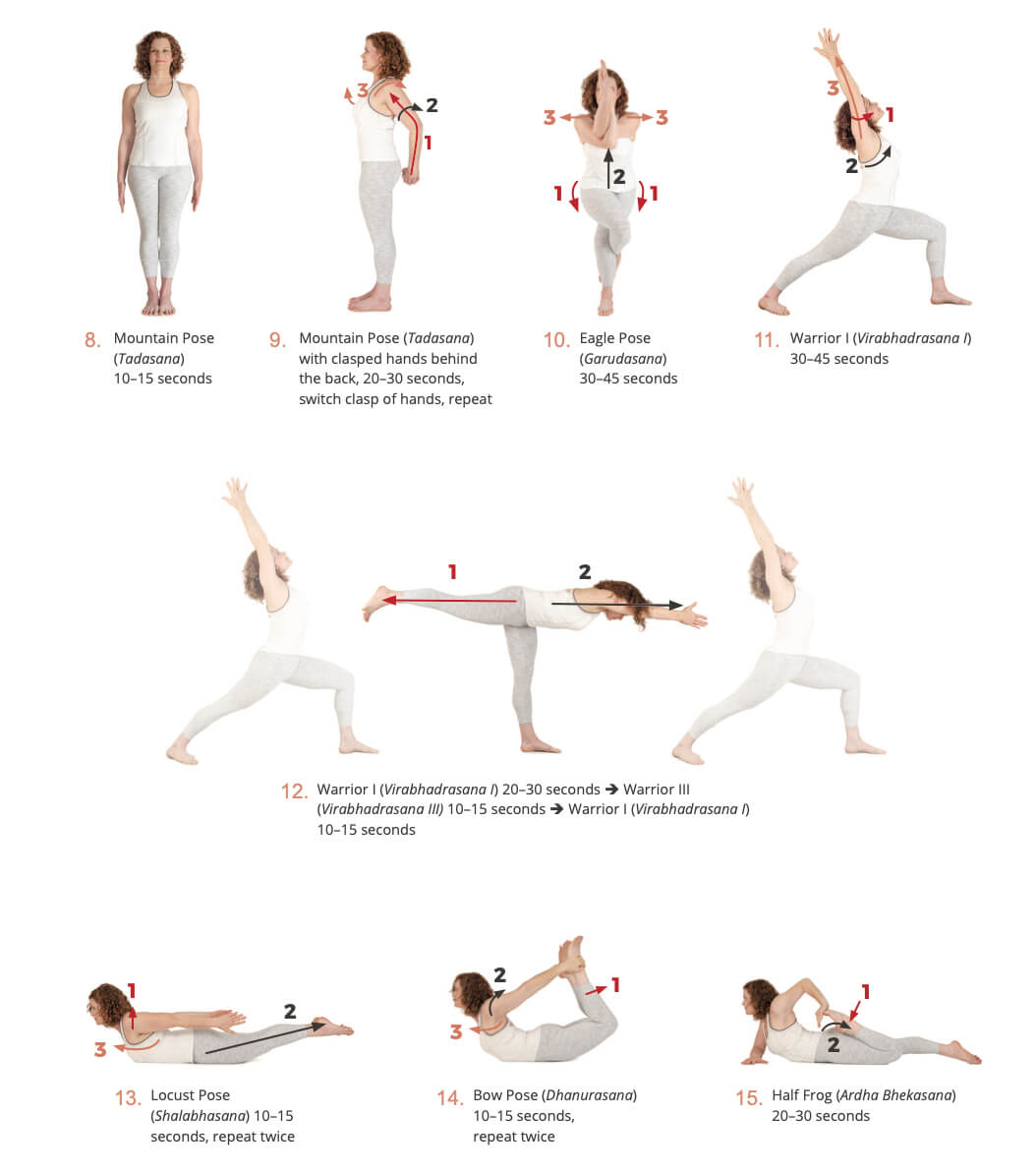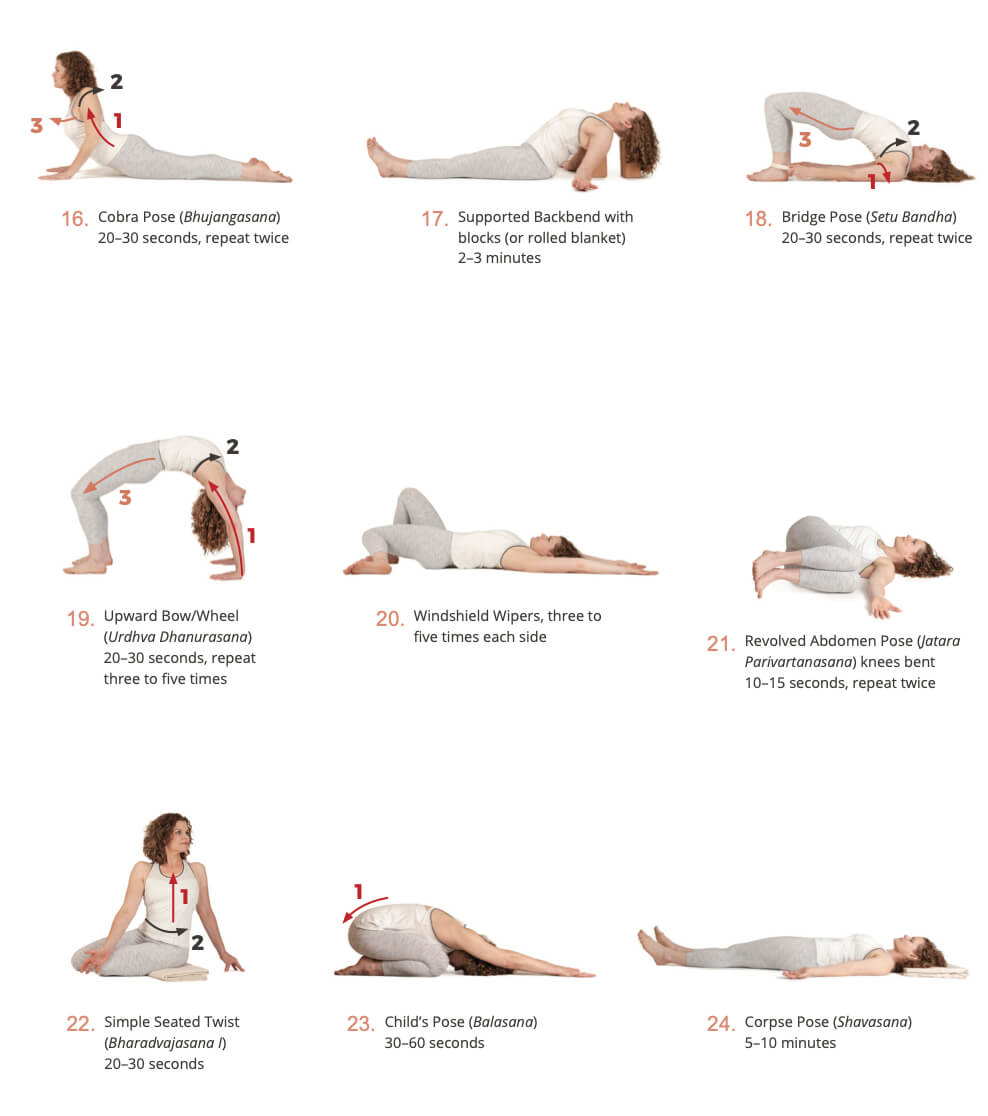The body is a field.
Bhagavad Gita 13.1
I remember when I first realized that my yoga mat was a place where I could intentionally cultivate the qualities I wanted to experience more of in myself. As I articulated this understanding, it was at once exciting and at the same time quite evident.
The words solidified a truth I had known, on some level, for years.
In yoga, the body is the field for experimenting with what we wish to strengthen in ourselves. The moment we get this, an empowering shift takes place in the way we see our practice and the possibilities it holds for us.
Asana practice is an opportunity to embody courage, forgiveness, compassion, patience, resilience, playfulness, and almost any other quality you want to increase in your life.
We might do this in many ways, using knowledge of posture technique, variations in sequence, alignment focus, timings, working with the breath, or simply infusing our practice with a chosen inner stance and reflecting on our experience.
Approaching practice like this allows for infinite variety and depth in how we engage with it. The effects build, becoming richer and more nuanced over time.
For example, think about the qualities of your breathing. Not simply the movement in and out, or the rhythm or texture of your breath, but the virtues reflected in the breath.
The breath generously flows, so steadfast and constant in its rhythm. It’s dependable and reliable, always there.
It can feel like a sweet, gentle, and loving energy, or it can be a steady, powerful and grounding presence. Contemplating yogic virtues through the lens of our breathing can be a profound and rich inquiry.
Bhavana in Asana
The Sanskrit word bhavana means a mindset, or a felt attitude. It comes from a root that means “becoming.”
The practice of bhavana is a kind of creative contemplation, where we use our imagination to experience and become something we might at first only understand intellectually or intuitively, such as confidence.
One of my teachers called bhavana the practice of “pretending the truth.”
Since all the great virtues live inside of us in their fullness, they are the truth in that sense that they are ours, even when we don’t experience them. Through the practice of bhavana, acting “as if,” we acknowledge this, and consciously practice those attitudes or qualities. We call them forth until we actually experience them.
Not only do asanas have certain inherent qualities that are revealed when we practice them, but we can also choose to cultivate what we want to experience more in our selves. It’s “using asana to sculpt the mind,” as B.K.S. Iyengar put it, and it can add infinite depth and power to our practice.
Applied to asana, we can think of bhavana as an inner attitude, or a feeling with which we fully inhabit a posture. This can be a quality of our choosing or it can be a feeling experienced through tapping into the iconic power of the pose itself.
We can choose to sculpt courage in the face of vulnerability (e.g., backbends), one-pointed focus in the face of distraction (e.g., longer holdings), or resilience in the face of challenge (e.g., arm balances).
Whether it’s compassion, fortitude, patience, or simply presence of mind, our practice generates energy, a creative power that can be harnessed and directed toward strengthening what we wish to develop.
When we consciously join our experience of the asana with a chosen attitude, alchemy happens.
How we do this—in what poses, how long we hold them, and how we perform them—is entirely up to us. Transformative, fun, and infinitely varied, the art of using the body to mold the mind is a creative process.
Understanding how practice can work in this way gives you tools to explore this approach for yourself. See what postures and actions make sense to you. It’s part of the fun and creativity of making practice your own.
Remember, in yoga we recognize that the virtues we seek to cultivate are not external or foreign to us. Practice is a means of unveiling or calling forth what already exists inside of us, indeed is us.
Our work is to investigate, discover, and attune ourselves to the place where all the benevolent virtues live inside of us in their fullness. As usual, we find that practice is about becoming more of who we already are.
The practice of bhavana in asana expands postural practice beyond physical awareness and adeptness, beyond mindful movement, even beyond a form of abhyasa. Consciously cultivating virtues allows us to experience, draw on, and embody the range of qualities that allow us to live as responsible and benevolent human beings.
It’s what changes our effort from simply doing yoga to becoming yoga.
A Backbending Practice for Cultivating Virtues
Backbends open the front body and bring awareness to the back of the body. They are heart-opening poses; they lift and expand the chest.
The front of the body is where we are at our most vulnerable, both physically and emotionally. Therefore, while backbends may be celebratory and expansive poses for some, for others they may be scary and uncomfortable.
By choosing an attitudinal focus for the practice, you have an opportunity to use these powerful poses to cultivate a chosen inner quality. Try working with a quality that can serve you best in performing these poses.
Perhaps you'd like to harness more patience, gentleness, or compassion to balance the effort required in these poses. Maybe for you, it's courage, focus, or lightheartedness that's needed to meet the challenge of backbends.
This is a general backbend sequence that focuses on opening the chest, shoulders, hips, and thighs while strengthening the legs, upper back, and spinal muscles to move deeper into backbends. The sequence includes a balance of strength-building, prone poses, and deeper backbends.
Keep three technical points in mind:
- Keep the arm bones drawing into the shoulder sockets while opening the chest and thoracic spine.
- Use the external rotation of the arms to help lift and open the chest.
- To go deeper, lengthen the tailbone while maintaining the strength and stability of the thighs and hips.
Centering and Breathwork Practice (3–5 minutes)
We’ll begin with a simple yet powerful practice designed to center you in your heart through a tangible experience of universal connection. At times, this exercise may even have a devotional, sweet, and loving quality, as you recognize that your breath is your most intimate, immediate, and ever-present link to all of life.
- Begin by taking a comfortable posture. Take a moment to become aware of the natural rhythm of your breathing. Soften your shoulders, relax your facial muscles.
- Continue to focus on the natural, easeful rhythm of your breathing.
- As you breathe in, have the awareness that your inhale is the universe exhaling.
- As you breathe out, have the awareness that your exhale is the universe inhaling.
- Your inhalation is the universe exhaling.
- Your exhalation is the universe inhaling.
- Continue breathing with this awareness for a few moments, enjoying the movement of the breath as a dance with the universal energy that connects you to everything and everyone.
Centered in this feeling of inner connection, choose one virtue to focus on in your practice.
It should be something you can connect to viscerally in the moment, something that arises from inside. A quality that will be of benefit to you and everyone and everything around you.
Repeat your chosen quality inward several times.
See if you can feel how it resonates in your body. Make the intention to come back to it as a bhavana, a chosen attitude, through your asana practice. Be open to how you might experience it, even in unexpected ways.
The Sequence
Adapted from Evolving Your Yoga: Ten Principles for Enlightened Practice by Barrie Risman with foreword by Sophie Gregoire Trudeau. Available on Amazon. Learn more at evolvingyouryoga.com.



During These Times of Stress and Uncertainty Your Doshas May Be Unbalanced.
To help you bring attention to your doshas and to identify what your predominant dosha is, we created the following quiz.
Try not to stress over every question, but simply answer based off your intuition. After all, you know yourself better than anyone else.